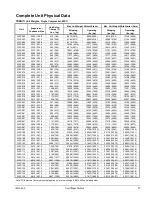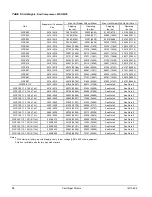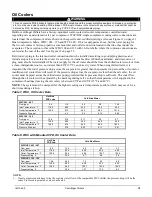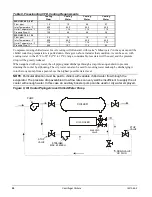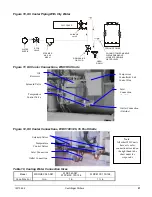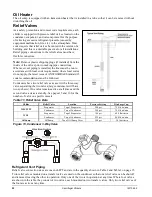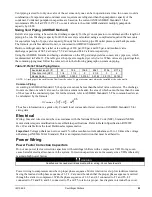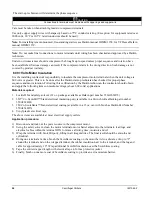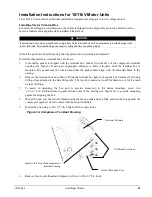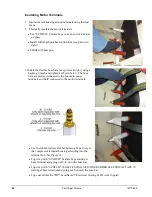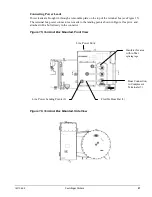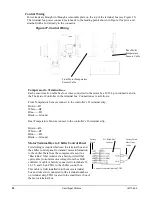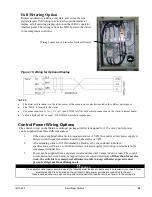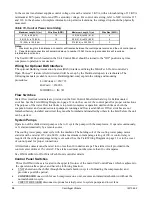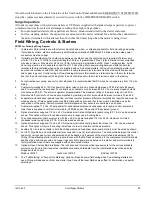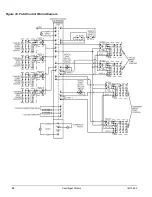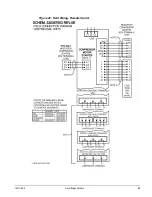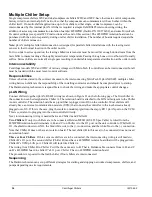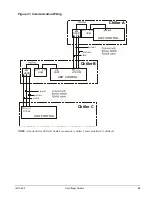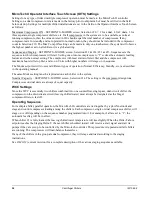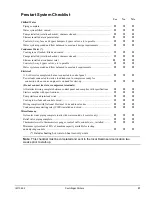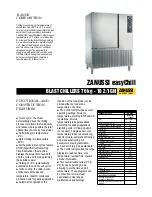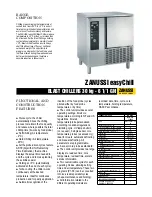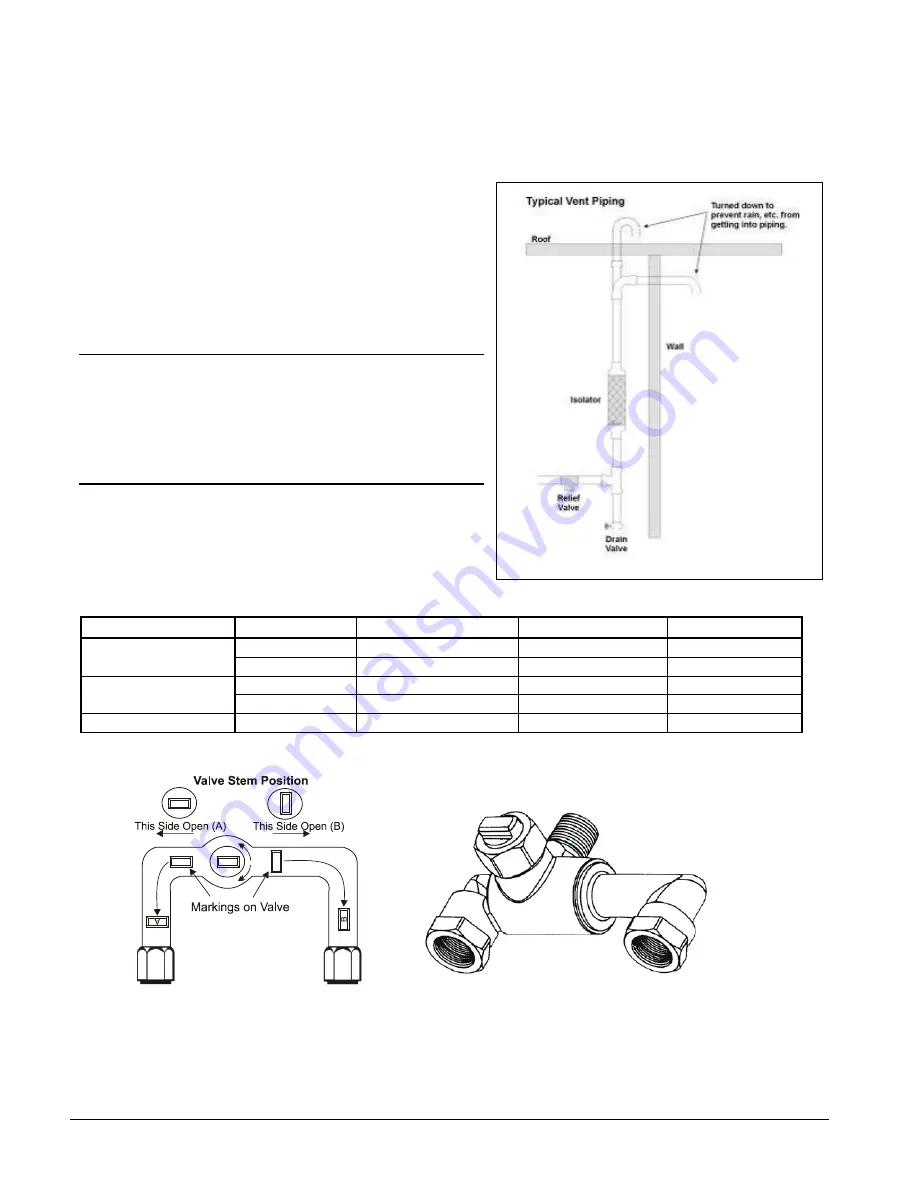
22
Centrifugal Chillers
IM 1044-2
Oil Heater
The oil sump is equipped with an immersion heater that is installed in a tube so that it can be removed without
disturbing the oil.
Relief Valves
As a safety precaution and to meet code requirements, each
chiller is equipped with pressure relief valves located on the
condenser, evaporator, and oil sump vessel for the purpose
of relieving excessive refrigerant pressure (caused by
equipment malfunction, fire, etc.) to the atmosphere. Most
codes require that relief valves be vented to the outside of a
building, and this is a desirable practice for all installations.
Relief piping connections to the relief valves must have
flexible connectors.
Note
:
Remove plastic shipping plugs (if installed) from the
inside of the valves prior to making pipe connections.
Whenever vent piping is installed, the lines must be run in
accordance with local code requirements; where local codes
do not apply, the latest issue of ANSI/ASHRAE Standard 15
code recommendations must be followed.
Condensers have two relief valves as a set with a three-way
valve separating the two valves (large condensers will have
two such sets). One valve remains active at all times and the
second valve acts as a standby. See pages 15 and 16 for the
number of valve on specific vessels.
Table 11, Relief Valve Data
Chiller
Relief Valve
Location
Pressure Setting
Discharge Cap.
WSC/WPV
Evaporator
Top of Evaporator
200 psi
75.5 lb air/min
Condenser
Top of Condenser
200 psi
75.5 lb air/min
WDC
Evaporator
Top of Evaporator
180 psi
68.5 lbair/min
Condenser
Top of Condenser
225 psi
84.4 lb air/min
Oil Sump
Oil Pump
Top of Oil Sump Cover
200 psi
5.0 lb air/min
Figure 13, Condenser 3-Way Valve
Refrigerant Vent Piping
Relief valve connection sizes are one-inch FPT and are in the quantity shown in Table 2 and Table 3 on page 15.
Twin relief valves mounted on a transfer valve are used on the condenser so that one relief valve can be shut off
and removed, leaving the other in operation. Only one of the two is in operation at any time. Where four valves
are shown in the table, they consist of two valves, each mounted on two transfer valves. Only two relief valves of
the four are active at any time.










